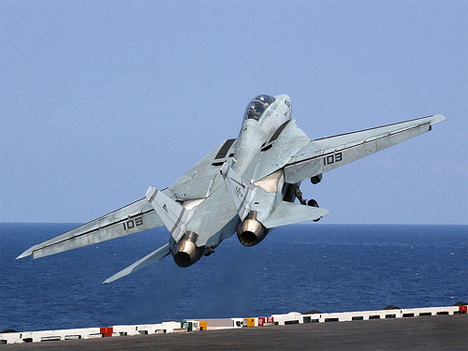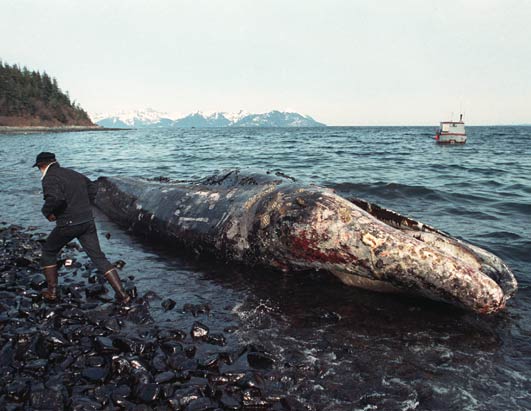Monday, December 20, 2010
Summary
A new hand cranked saw called the Jointmaker was found by Keith Johnston. This saw ruins only on your hand power and no gas or electricity. It will cut just as good as any other table saw too. One downfall is it costs $1,295. It is a hybrid device, a hand saw that employs custom Japanese saw blades offered in crosscut and rip grinds. The blade moves up and down via a hand-crank on the front of the machine and features an independent pitch adjustor. This combination allows for perfect crosscuts up to six inches in width and in material up to 1-3/4" thick.
Opinion
I think that this is a great idea. It is really a good tool for the “do it yourselfer”. Another thing is there is no pollutants from it. Without any fuel to power it, besides your hand, you won’t have to pay for anything extra. Also it’s not even like your downsizing you still great a great cut. I know I would get one.
Questions
1) Why does it cost so much?
2) Is the price worth it?
3) Would you get one?
4) Do you think it is a good step in renewable resources?
Friday, December 10, 2010
Seawater Acts as Fuel

Wyatt Graves Summery,
March 15, 2010 the navy had finally completed their task to turn seawater into Jet Fuel. Engineers from the U.S navy have beeen working dligently to create a new scource of fuel for their jets and came up with an alternative fuel scource, seawater! This process involves "taking seawater and inducing a chemical reaction to extract carbon dioxide from the water and combine it with hydrogen. Afterward, the researcher is left with short-chain hydrocarbons which can be further refined into jet fuel." This discovery could change the way we power our jets in the future if we can disover a way to do it without the use of fossil fuels. This process consumes more energy then it provides; but puts us one step closer to turning off of fossill fuels.
My Opinion:
I think that it is great that the U.S army is researching new ways to power our Jets. If they spend enough time refining the process in which doesn't use fossil fuels then maybe they could end the dependance on fossil fuels for the world. Scientists took years to create this process and it is only a matter of time untill they make it a whole lot better and Maybe end the worlds dependance on oil and other fossil fuels.
http://gajitz.com/admiral-alchemy-us-navy-turning-seawater-into-jet-fuel/
My questions...
1. When did this project begin?
2. Who developed the plan for this project?
3. Are other Armies helping the U.S with this research?
4. Are there any other ways to fuel jets without the use of fossil fuels?
5. How many aircrafts have been built to use this fuel.?
Wednesday, December 8, 2010
Bug Excrement for energy.

By Curtis Sumner
Friday, November 5, 2010
BP Oil Spill

Summery
I think that it is great that the rig is capped that way no more pollution is escaping into the ocean. We still have a huge mess to clean up but at least it isn't going to get any worse. The people who capped it did it great and succeeded. It did take a little bit long but at least the mess can start to be cleaned up. I am very glad that the well is capped.
1. Why did it take so long to cap?
2. How many gallons of oil were released into the ocean?
3. How much damage has been done?
4. How long will it take to clean the rest up?
5. Will we be seeing the affects from this spill forever?
Thursday, November 4, 2010
South Africa Iron Age 'threatened'

Wednesday, October 27, 2010
Summary

In
Opinion
I think this is a great idea. I think it will encourage more people to recycle and it will cut down on carbon pollution. I personally always recycle as mush as I can. Also the fact that it will create more jobs is great. I hope it will bust the economy.
Questions
1.) Is the building really worth the investment?
2.) What is used to power the recycling facility?
3.) How well will this work to help the PlaNYC plans for
4.) Where are the other 229 locations in the world?
Link
Monday, October 25, 2010
 As Arctic Warms, Increased Shipping Likely to Accelerate Climate Change
As Arctic Warms, Increased Shipping Likely to Accelerate Climate Change